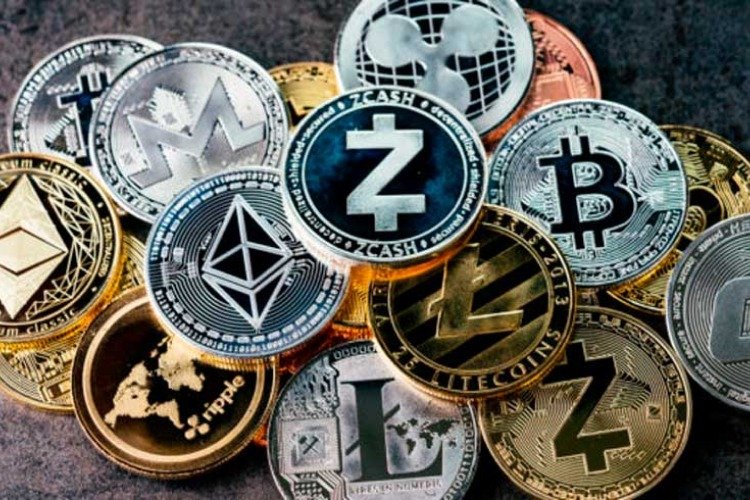Exploring Altcoins: Understanding Their Function and Key Players in the Market

This article dives into the realm of altcoins, unraveling their definition, operational mechanics, and spotlighting the major players in the market. As we embark on this journey, we’ll discover the diversity and innovation that altcoins bring to the digital currency landscape.
What are Altcoins?
The term “altcoin” encompasses all cryptocurrencies other than Bitcoin. These digital currencies were developed to improve or differ in some way from Bitcoin’s technology or economic model.
While Bitcoin remains the forerunner in terms of market capitalization and popularity, altcoins offer varied functionalities, from acting as utility tokens within specific ecosystems to offering enhanced privacy, faster transactions, or different consensus mechanisms. The altcoin market is marked by its diversity, with thousands of variants, each with its unique proposition and community.
How Altcoins Work?
Altcoins operate on the principle of blockchain technology, similar to Bitcoin.
However, they often employ different consensus mechanisms, such as Proof of Stake (PoS), Delegated Proof of Stake (DPoS), or even unique algorithms tailored to their specific needs.
This diversity in technology underlines the experimental and innovative spirit of the altcoin market. Investing in altcoins typically involves purchasing them on various cryptocurrency exchanges and storing them in digital wallets. The process is akin to Bitcoin but often requires more research due to the complexity and variability of each altcoin’s technology and market behavior.
The Evolution of Altcoins
The journey of altcoins began with the launch of Namecoin in 2011, just two years after Bitcoin’s advent. The intention was not to compete with Bitcoin but to offer differentiated features.
Since then, the altcoin market has seen exponential growth, with each new coin attempting to address perceived limitations in previous cryptocurrencies or exploring new possibilities in blockchain technology.
Main Altcoins in the Market
Several altcoins have gained prominence in the market. Ethereum, for instance, introduced smart contracts, enabling complex decentralized applications.
Ripple (XRP) focuses on fast, cross-border transactions. Klever (KLV) is a crypto wallet ecosystem serving above 3 million users globally with Klever App, Klever Swap and Klever OS. Litecoin offers quicker transaction times.
Each of these altcoins has its distinct niche, technological framework, and community support, contributing to its market position and capitalization.
Discussing these altcoins requires a nuanced understanding of their individual strengths and market roles. For instance, Ethereum’s smart contract capability has made it a favorite for developers, while Ripple’s focus on banking systems has positioned it as a bridge between traditional finance and cryptocurrency.
Risks and Considerations in Investing in Altcoins
Investing in altcoins can be a high-reward venture, but it comes with its share of risks. Market volatility is a significant factor, with prices capable of substantial fluctuations in short periods.
The technological complexity and variety of altcoins also demand thorough research and understanding from investors. The nascent regulatory framework around cryptocurrencies adds an additional layer of risk and uncertainty.
The Future of Altcoins
The altcoin market is dynamic and constantly evolving, with new technologies and coins emerging regularly.
The ongoing development in blockchain and cryptocurrency technology, combined with increasing mainstream interest and potential regulatory frameworks, will likely shape the future trajectory of altcoins. They are poised to play a crucial role in the broader adoption and evolution of cryptocurrencies.
Altcoins represent a vast and diverse aspect of the cryptocurrency market, offering alternatives to Bitcoin’s model with varied functionalities and innovations.
From investment opportunities to technological advancements, understanding altcoins is essential for anyone looking to deeply engage with the world of digital currencies. As the market continues to evolve, so too will the opportunities and challenges presented by these alternative cryptocurrencies.